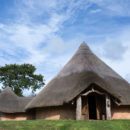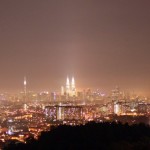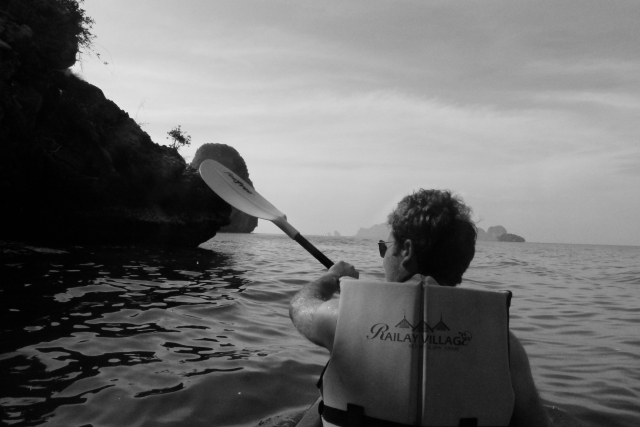
After making that life altering decision to go long term travelling, my first thought was “How do I tell my Mum?”. My second thought was “How do I tell my boss?” and my third thought was “How do I get better at taking photographs?”.
The first two thoughts are for another day and another blog post. The third is something I’ve been consistently working on for two months now since I left the UK and I’d like to share a tip that has surprised me as being a very effective way of learning to take better travel photographs: shooting in black and white.
Before I continue let me stress that I am still a very amateur photographer and it is quite possible that some of the comments I make in this post will result in impromptu face palms and exclamations along the lines of “Duh thicko!”. Yet one thing I have valued as a beginner photographer is hearing and understanding what works for other beginners so I share this with you my fellow “Learner” photographers and hope that you will wear your L-plates proudly with me.
I read somewhere on one of the many photography blogs and forums I devour as an eager beginner that shooting in black and white was an effective way of improving a photographer’s understanding of light, which is, of course, the name of the game when it comes to photography (insert face palm here). Being the committed fan of colour that I am, I wasn’t sure I would be convinced but I have indeed reaped numerous benefits.
This is what I’ve learnt from shooting in black and white.
Light and colour
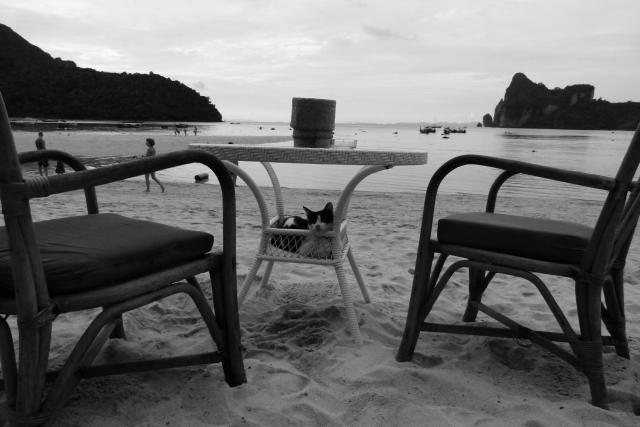
There are untold colours in this world, but when you shoot in black and white they become innumerable shades of grey. What I’ve been able to appreciate better in black and white is how the colour’s shade, depth and texture in a photograph is influenced by light. Though I have shot some of the most colourful sights over the last eight weeks in Southeast Asia, it has often only been possible to capture them in their true colours or with some drama or charm as a result of first looking at and understanding the light’s effect on the colour in black and white.
Exposure
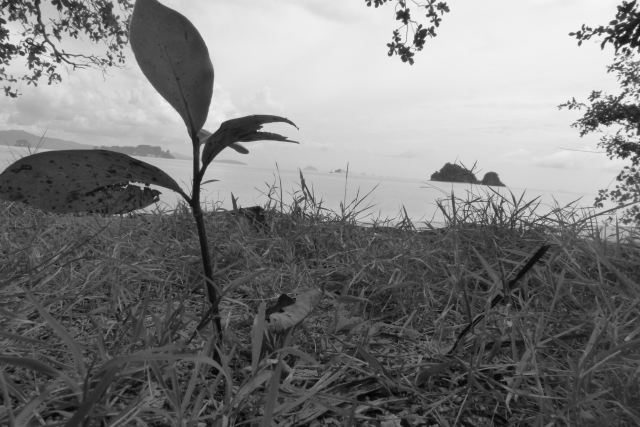
One of the problems I experience shooting in rapidly changing light conditions (i.e. when sight-seeing both inside and out on a very sunny day) is I’m often not accurate enough in noticing if the changed settings reduces exposure a little too much or too little until it’s too late. By practising different settings for changing light conditions in black and white I’ve become better at avoiding this as the lack of colour in photos means I can focus solely on the exposure levels and it’s a surprisingly quicker way of noticing if a photo is under or over exposed.
Depth of field
Call me a slow beginner but I have found it surprisingly difficult to remember and master all the key components of a good photo at one time and then change settings to achieve this for a close up instead of a landscape shot (“Duh thicko!”). One of the things I definitely overlooked until I started to shoot in black and white was how to alter the depth of field.
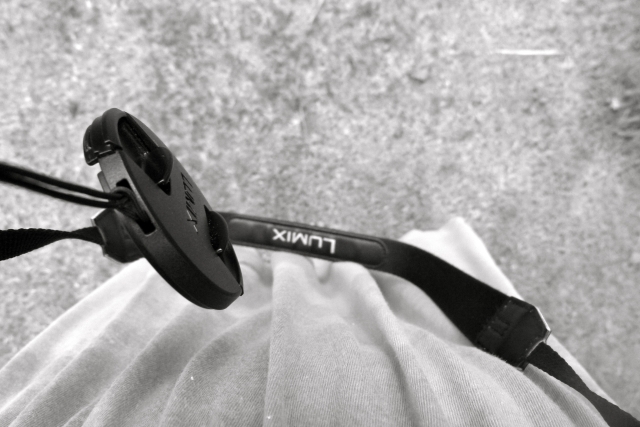
This test shot was taken when I first started to adjust the aperture settings in black and white to improve how I adapt to changing light conditions (see Exposure above) but by accident it also showed me how changing this also effects the depth of field. I’m not sure I would have picked up on this so obviously had I made those test shots in colour.
Noise
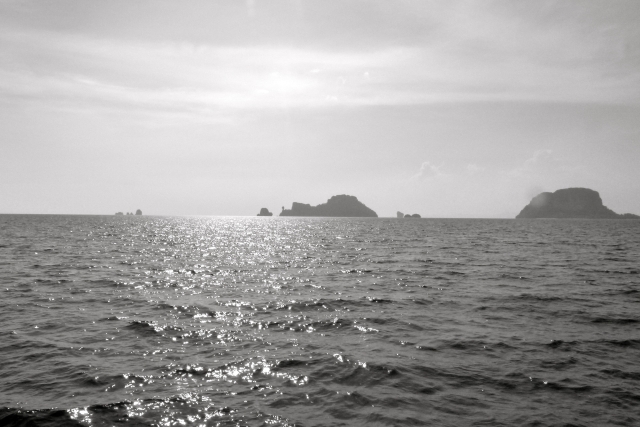
Some of my photos are perfect, well, fairly good, in all ways but one. Noise. The photo looks great on the digital viewer but on the laptop screen that subtle but noticeable grain plagues the photo in a way that no amount of Photoshop-ing can rescue it. Switching to black and white helped me to check the texture of the “colours” to see how pure they were and to address the potential noise creating factors accordingly.
Stay in black and white…
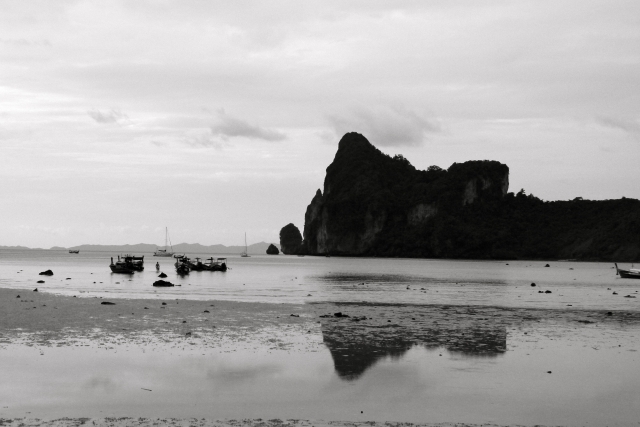
And then there have been some photos that just look better in black and white. Not because the same photo in colour looks bad but just choosing the B&W film on my camera creates more drama, more contrast or more atmosphere in some photos. So as well as “practising” in black and white, I am also staying there and enjoying the grey fruits of my labours.



